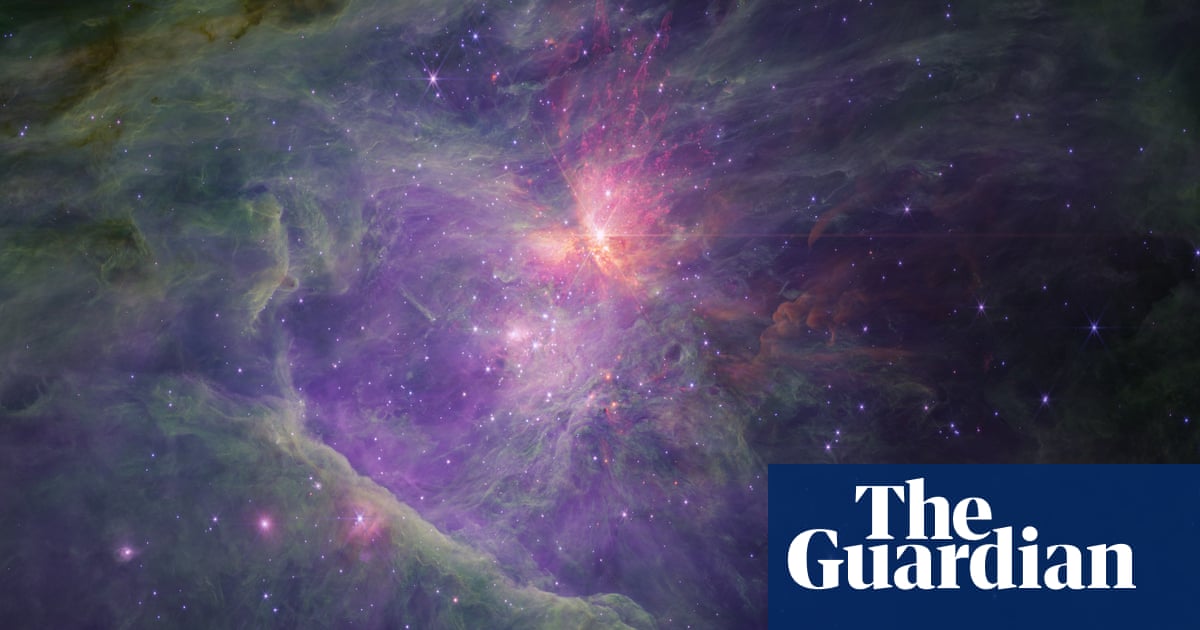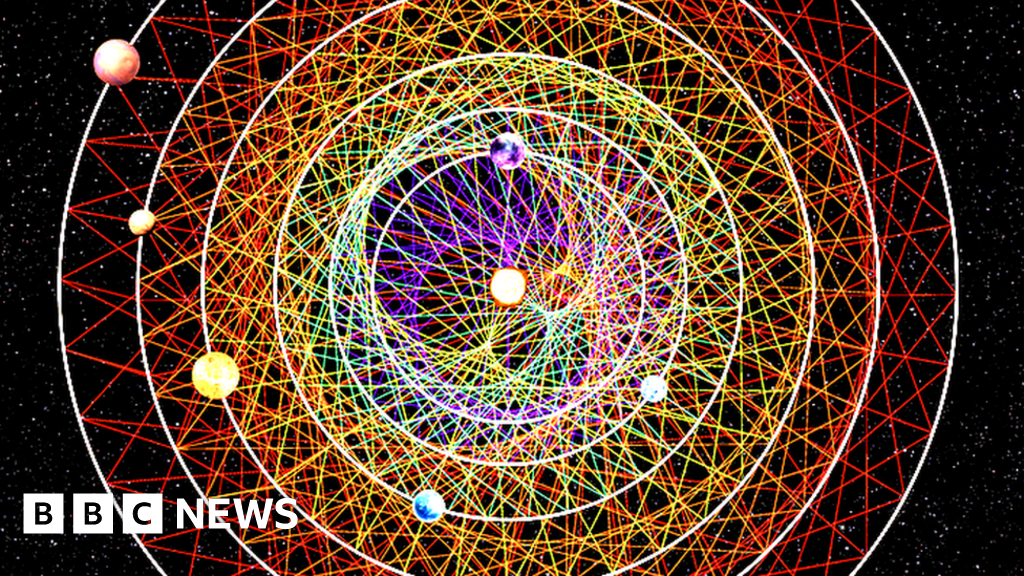Installeer de app
How to install the app on iOS
Follow along with the video below to see how to install our site as a web app on your home screen.
Opmerking: This feature may not be available in some browsers.
Je gebruikt een verouderde webbrowser. Het kan mogelijk deze of andere websites niet correct weergeven.
Het is raadzaam om je webbrowser te upgraden of een browser zoals Microsoft Edge of Google Chrome te gebruiken.
Het is raadzaam om je webbrowser te upgraden of een browser zoals Microsoft Edge of Google Chrome te gebruiken.
Het Universum
- Onderwerp starter vishnusixclix
- Startdatum
zwarten
Well-known member
De maan is een tijdje geleden maar ik dacht dat ik die hier al eens gepost had. (zie avatar@zwarten Prachtige foto's! Als je zo'n zaken kunt fotograferen/vastleggen, heb je dan ooit al eens de maan in kaart gebracht? Dat moeten toch vrij HD beelden zijn als ik jouw bovenstaande foto's bekijk denk ik dan? (ik ken er niets van)
Mineral moon in true color van denk ik toch een paar jaar terug.
C8 met canon 450D

Allezins deze winter ga ik weer de hele rimram op mijn celestron C8 zetten en wat planeet/maanfotografie doen.
Sneeuwstorm
Well-known member
Hopelijk een winter met veel heldere nachten en weinig lichtvervuiling. Dat maakt toch veel verschil als ze 's nachts de straatverlichting doven.
zwarten
Well-known member
ik hoop het ook maar meer en meer gemeentes beginnen toch weer de verlichting aan te steken.Hopelijk een winter met veel heldere nachten en weinig lichtvervuiling. Dat maakt toch veel verschil als ze 's nachts de straatverlichting doven.

Discovery of ‘Jumbos’ may herald new astronomical category
Jupiter-mass binary objects floating freely in Orion Nebula appear to defy usual definition of planets
Dozens of planet-sized objects have been discovered in the Orion Nebula via observations that could herald the existence of a new astronomical category.
The free-floating entities, which have been named Jupiter-mass binary objects, or Jumbos, appear in spectacular images taken by the James Webb space telescope. The objects are too small to be stars, but also defy the conventional definition of a planet because they are not in orbit around a parent star.
“We were looking for these very small objects and we find them. We find them down as small as one Jupiter mass, even half a Jupiter mass, floating freely, not attached to a star,” he said. “Physics says you can’t even make objects that small. We wanted to see, can we break physics? And I think we have, which is good.”

“It’s pretty rare that this kind of discovery is made,” Bates added. “In the last decade, a lot of us thought we understood star formation pretty well. So this is really a very, very surprising result and we’re going to learn a lot from it.”
Sneeuwstorm
Well-known member
Klopt, de laatste weken is het geen weer geweest om aan astronomie te doen in uw eigen tuin.

'Perfect solar system' found in search for alien life
Astronomers hope to learn how its six planets formed and whether any of them are home to life
www.bbc.com
In the system HD110067, as astronomers have rather drily named it, things couldn't be more different. Not only are the planets similarly sized; in a far cry from the unrelated timing of the orbits of the planets in our own solar system, these rotate in synch.
This intricate planetary choreography is so precise that that the researchers have created a cyclical musical piece, akin to a Philip Glass-style composition, with notes and rhythms corresponding to each planet and their orbital periods.
Systems that line up like this are known as orbital resonances. But, despite the theory, finding resonances in the Milky Way is rare. Only 1 percent of planetary systems still preserve this symmetry. Most of the time, planetary orbits get knocked out of sync by an event that upsets the gravitational balance of the system. That could be a close encounter with another star, the formation of a massive planet like Jupiter, or a giant impact from space on one planet that causes a ripple effect in other orbits. When this happens planetary orbits become too chaotic to mathematically describe, and knowledge of their evolution is indecipherable. Astronomers are lucky to find even one pair of exoplanets in resonance. But in the newly discovered star system, there are a whopping five pairs, because all six planets have orbits that are in sync with one another. Dr. Luque described it as “the 1 percent of the 1 percent.”
zwarten
Well-known member
https://www.hln.be/wetenschap-en-pl...tboomcluster-fonkelend-in-de-ruimte~a2811ca0/
Ongelofelijk. Nasa vindt een kerstboomcluster op amper 2500 lichtjaar van hier!!!
Niet tegenstaande dat het al in 1784 ontdekt was door wiliam herschel en er al duizende amateur astronomen deze al op de plaat vastgelegd hebben heeft nasa hier duidelijk toch een primeur te pakken!
man man man HLN tis toch triest gesteld....
Ongelofelijk. Nasa vindt een kerstboomcluster op amper 2500 lichtjaar van hier!!!
Niet tegenstaande dat het al in 1784 ontdekt was door wiliam herschel en er al duizende amateur astronomen deze al op de plaat vastgelegd hebben heeft nasa hier duidelijk toch een primeur te pakken!
man man man HLN tis toch triest gesteld....
starspike
Well-known member
https://www.hln.be/wetenschap-en-pl...tboomcluster-fonkelend-in-de-ruimte~a2811ca0/
Ongelofelijk. Nasa vindt een kerstboomcluster op amper 2500 lichtjaar van hier!!!
Niet tegenstaande dat het al in 1784 ontdekt was door wiliam herschel en er al duizende amateur astronomen deze al op de plaat vastgelegd hebben heeft nasa hier duidelijk toch een primeur te pakken!
man man man HLN tis toch triest gesteld....
Uiteindelijk staat er buiten de titel wel nergens dat het een primeur is of een nieuwe ontdekking. Het gaat vooral over het feit dat het een "kerstboomcluster" is en NASA dat gedeeld heeft owv de tijd van het jaar.
Maar ja, die titel is uiteraard wel weer top HLN journalistiek
Sneeuwstorm
Well-known member
Ik ging het juist zeggen, dat is toch geen nieuwe ontdekking. Prachtig staaltje journalistiek weer…
Apparent magnitude 3,9 , die nevel kan je met het blote oog zien onder goede condities, dat is dezelfde helderheid als de Orionnevel (4.0) die ook met het blote oog te zien is.
No way dat zo’n helder en dichtbij object nog niet zou ontdekt zijn.
Apparent magnitude 3,9 , die nevel kan je met het blote oog zien onder goede condities, dat is dezelfde helderheid als de Orionnevel (4.0) die ook met het blote oog te zien is.
No way dat zo’n helder en dichtbij object nog niet zou ontdekt zijn.
Laatst bewerkt:
Sneeuwstorm
Well-known member
Ik zou mij eens een telescoop willen kopen maar heb er de botten verstand van. Wat zijn er zo aanraders om mee te beginnen?
zwarten
Well-known member
Ik begin wat roestig te worden in mijn processing skills wegens de lange downtimes tussen bewolkt en niet bewolkt. Dat of ik heb meer data nodig. 
Hier heb je de horsehead nebula in HArgb.
HA 25x300 sec (15 bruikbaar)
R 20x180 sec
G 20x180 sec
B 20x180 sec
stacked in registax, stretched in siril, minor tweaks in photoshop.
De horsehead nebula is een kleine nevel die redelijk dicht tegen de orion nevel ligt. Ontdekt door de schotse astronoom willimina fleming
Relatief dicht gesitueerd op 1375 lichtjaar van de aarde. Het licht van gisterenavond werd ons aangeboden toen we hier nog volop in de 'dark ages' zaten net na de val van het west romeinse rijk.

Hier heb je de horsehead nebula in HArgb.
HA 25x300 sec (15 bruikbaar)
R 20x180 sec
G 20x180 sec
B 20x180 sec
stacked in registax, stretched in siril, minor tweaks in photoshop.
De horsehead nebula is een kleine nevel die redelijk dicht tegen de orion nevel ligt. Ontdekt door de schotse astronoom willimina fleming
Relatief dicht gesitueerd op 1375 lichtjaar van de aarde. Het licht van gisterenavond werd ons aangeboden toen we hier nog volop in de 'dark ages' zaten net na de val van het west romeinse rijk.

Laatst bewerkt:
 ) want ik mis de afbeeldingen toch wel in dit topic.
) want ik mis de afbeeldingen toch wel in dit topic.